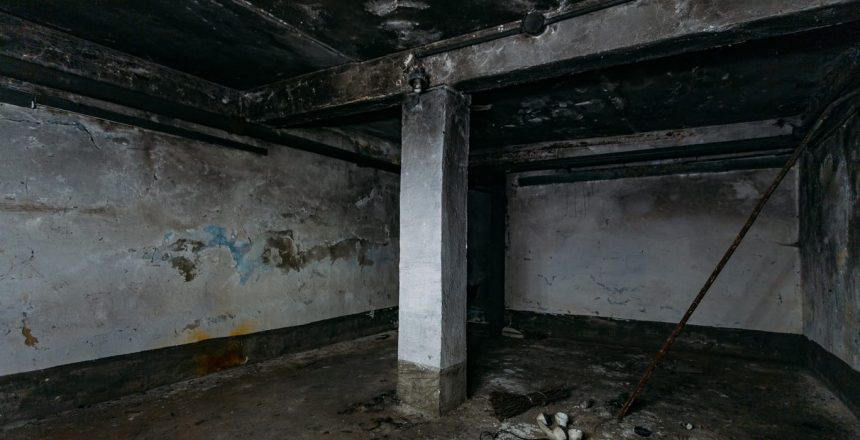The properties of concrete can shift with the changing temperatures as the seasons transition from one to another. While today’s concrete has been formulated to withstand both high and low temperatures, it still has its limits. Extreme temperatures caused by building fires can cause both mechanical and chemical changes in concrete, which is why repairing or replacing fire damaged concrete is necessary.
Fortunately, concrete structures do not contribute fuel to the fire, so the flames can be contained in most situations. Concrete is fire resistant because of its core materials, cement and aggregates. When these materials are combined, the result is a substance that is inert, or one that is not reactive. Whereas many other building materials will burn, concrete blocks cannot be set on fire, nor will they emit a toxic gas.
It is for these reasons that concrete is often used as fire barriers. Another property of concrete that makes it ideal is its slow rate of heat transfer. But when exposed to extreme temperatures for a long enough time, specifically those that can reach up to 420 degrees Celsius, concrete will lose its strength and can become damaged or broken.
Not only that, but reinforced concrete can suffer damage at 260 degrees Celsius, as the rebar within can become brittle. As those temperatures continue to climb and climb, upwards of 700 degrees Celsius, rebar can lose nearly 20 percent of its design strength.
Potential effects of fire on concrete include spalling and external cracking. Spalling refers to the peeling, breaking or chipping away of concrete pieces on the surface of a slab. Other reasons why spalling may occur include poor quality concrete, improper curing, or the wear and tear caused by freezing and thawing.
Spalling and cracking can be noticed with the naked eye, but after the fire is extinguished, a full inspection of the concrete and masonry is required to assess the damages. Noticing cracks, distortions, misalignments, or even exposure of steel elements are causes for concern when it comes to concrete damage.
The effects of intense heat on concrete foundations can, in the most extreme circumstances, cause the foundation system to be unusable or unsafe for use. Compressive tests will confirm whether the concrete has retained its strength, but the process can be expensive, destructive, and not cost effective. Even if the concrete itself is still intact, the anchorage hardware, such as the steel bolts, may be lost or compromised during the fire.
D.C. Byers Company/Grand Rapids has a professional staff of restoration contractors, estimators, and project managers, with over 100 years of combined experience. It’s their job to listen and knowledgeably interact with owners, construction managers, architects, engineers, and other design professionals to bring each construction project to a successful completion on time and under budget.
To get a quote on any of your concrete repair needs, call DC Byers Company/Grand Rapids today at (616) 538-7300. Our experience and expertise allow us to assess the damage correctly and plan how to perform the repairs to allow you to use your space properly.
For concrete restoration and repair, DC Byers Company/Grand Rapids looks at all the factors contributing to the deterioration of the concrete. By understanding the underlying problems, we can start working on the most satisfying and cost-effective solutions.
